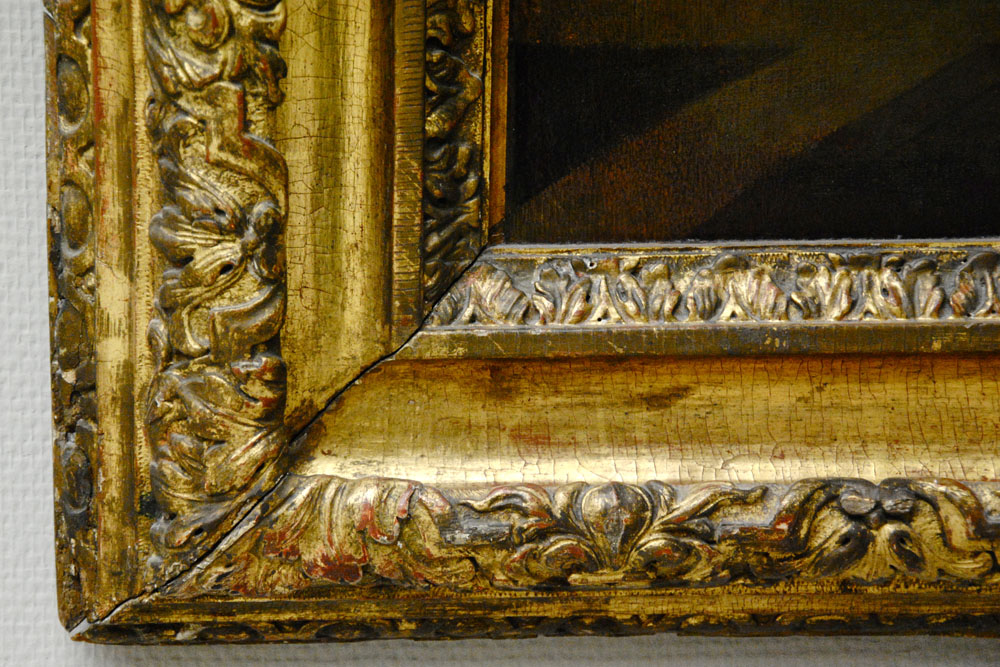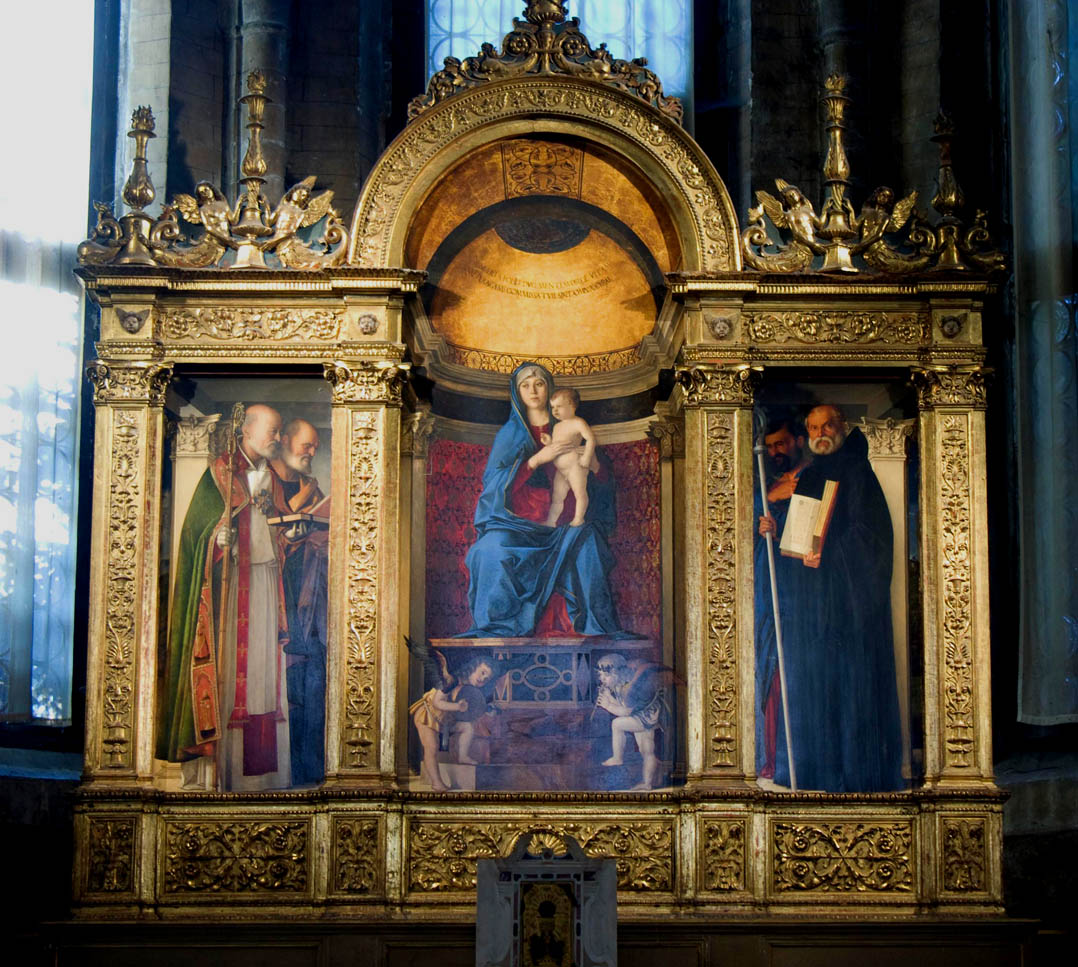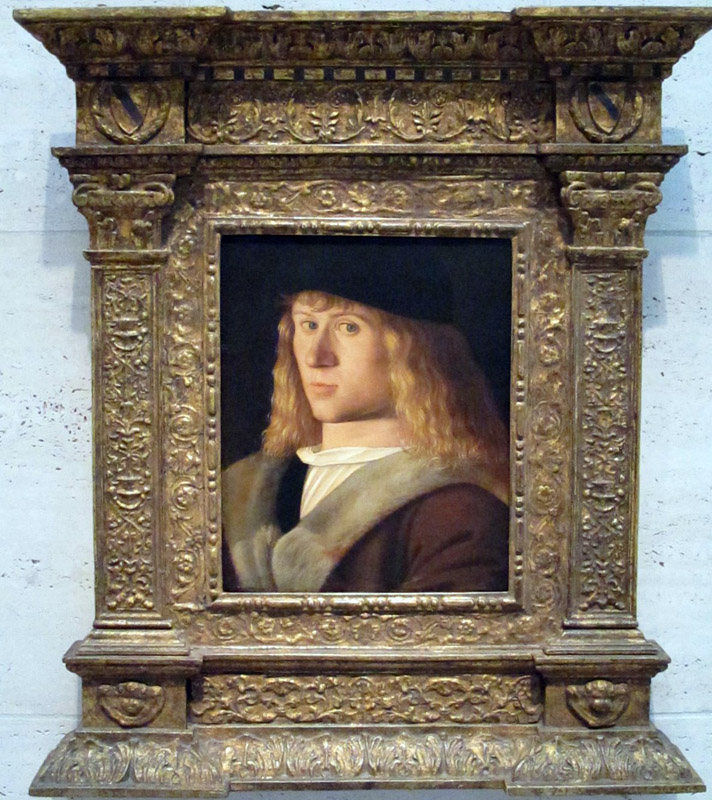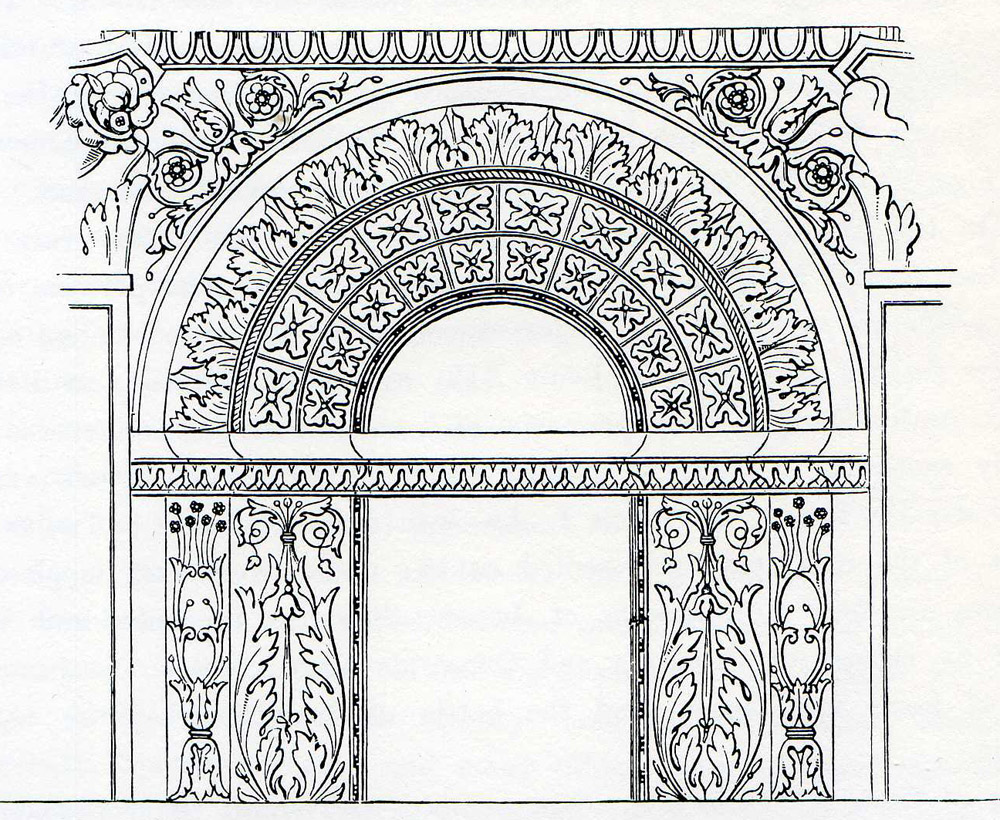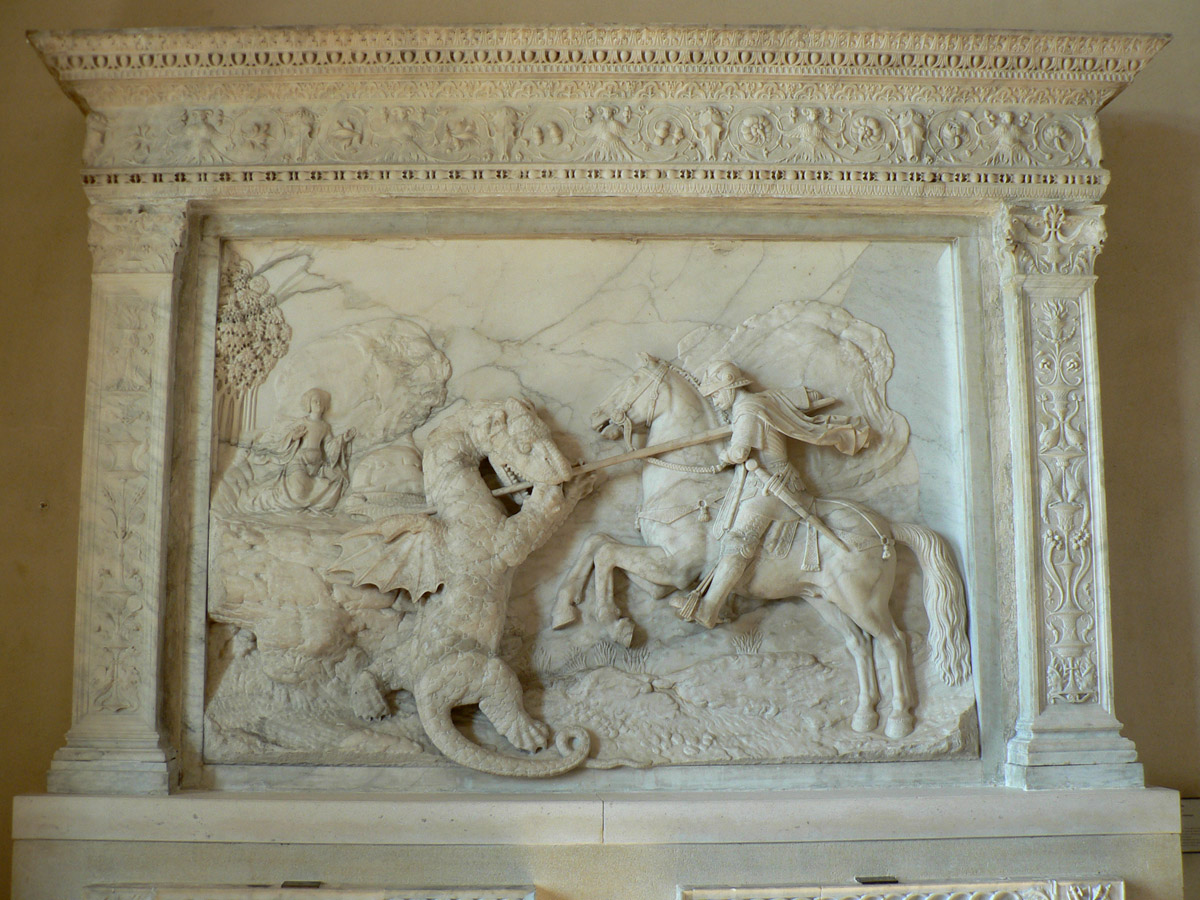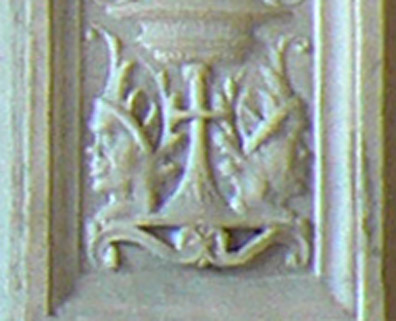In the past few pages we have been concentrating on Louis XV and Louis XIV frames with a specific focus on the sight edge, where we find a predominate use of a acanthus motif alternating with some other such as a flower or leaf tip in a running pattern. The frame above is much earlier coming from the Louis XIII period, yet here again we see an acanthus frieze occupying the same place on the frame, the only real difference here being that this is not an alternating pattern but an all acanthus frieze, and the ground has been hatched instead of fluted. Thus we can say that this frieze was a kind of tradition that lasted more than a century. Today I have searched for more frames decorated with acanthus. We are tempted to think that this tradition may have had its roots in Italy as inevitably when you go back far enough, You find that France borrowed heavily from the Italian Renaissance especially in the reign of Francois Ier. I wanted to know if the earliest frames had this same acanthus tradition and started looking at the very first picture frames. I know you are thinking that the Egyptians probably had picture frames 3000 years ago, but it turns out that the picture frame as we know it hasn't been around for all that long, granted it may have popped up any time in the last few thousand years, but it didn't become a popular until the beginning of the 16th century, that means that we only have to look back a couple of centuries from the time of Louis XV, and we can now say that the acanthus motif tradition on French frames extends back as far as possibly the beginning of the 17th century.
Today I had the good fortune to discover some very informative pages that you can find here, these were written by John Finnegan, and they cover the history of frames in fine detail, especially the Italian section which is really the beginning. Probably the closest thing to a frame in our modern sense of a picture frame is the Tabernacle frame and when you start looking at these you discover something very interesting which has nothing much to do with acanthus, however I will, just ramble a bit here as one thing leads to another. Finnegan tells of a "celebrated example of the Renaissance aedicular frame (tabernacle frame), signed and dated 1488 by the carver Jacopo da Faenza, it was created for Bellini's Frari Triptych. This comprises a base with predella panels supporting two pairs of pilasters, each pair carrying an entablature linked by a broken segmental pediment, the whole carved with antique candelabrum patterns and scrolling foliage. Above this are mounted actual candelabra between Roman sirens." I had to see this for myself and found it finally
|
